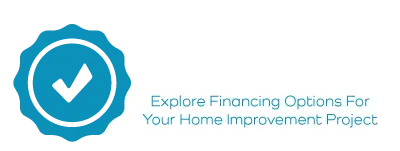Of all the roof-related problems that could haunt your home, none is more dreaded than a roof leak. Does your roof have a shingle out of place? Is the flashing warped or bent out of shape? Those problems are serious mainly because they can eventually lead to a roof leak. But what makes the roof leak a much-feared roof problem in the first place?
Few things are more annoying than the sound of water trickling or dripping constantly down onto your floor. Furthermore, getting soaked by water that just seeped through your ceiling sounds pretty disgusting! But that’s the least of your worries when your roof springs a leak because…
Roof leaks are dangerous
Any puddle of water on a smooth surface poses a serious risk; people can slip and fall, causing serious injury. Furthermore, roof leaks can also promote the growth of mold and bacteria that can cause respiratory problems or trigger allergies.
A small roof leak can lead to bigger ones
Once water gets past the outer surface of the roof, it can cause damage underneath, weakening the rest of the roof structure. This means a single roof leak can increase the chances of your home springing even more roof leaks if not fixed right away. Your roof is supposed to serve as a shield against the elements; having a roof that lets so much water pass through is almost like not having a roof at all.
A roof leak can damage more than the roof
A roof leak isn’t just your roof’s biggest problem; it’s also a major threat to your home’s electrical system, insulation, and the walls themselves. Leaks have been known to cause all sorts of non-roof problems ranging from unsightly ring spots to fire-causing short circuits.
A roof leak will cost you a lot if neglected
Repair costs for a single roof leak may not seem like much, but if neglected, you might find yourself looking at other repairs further on. Common expensive repairs include replacement of rusted or rotting support beams and damaged wall insulation.
Where does a rook leaf come from? Find out the different causes of roof leaks as we continue to the second part of this three-part blog series.


